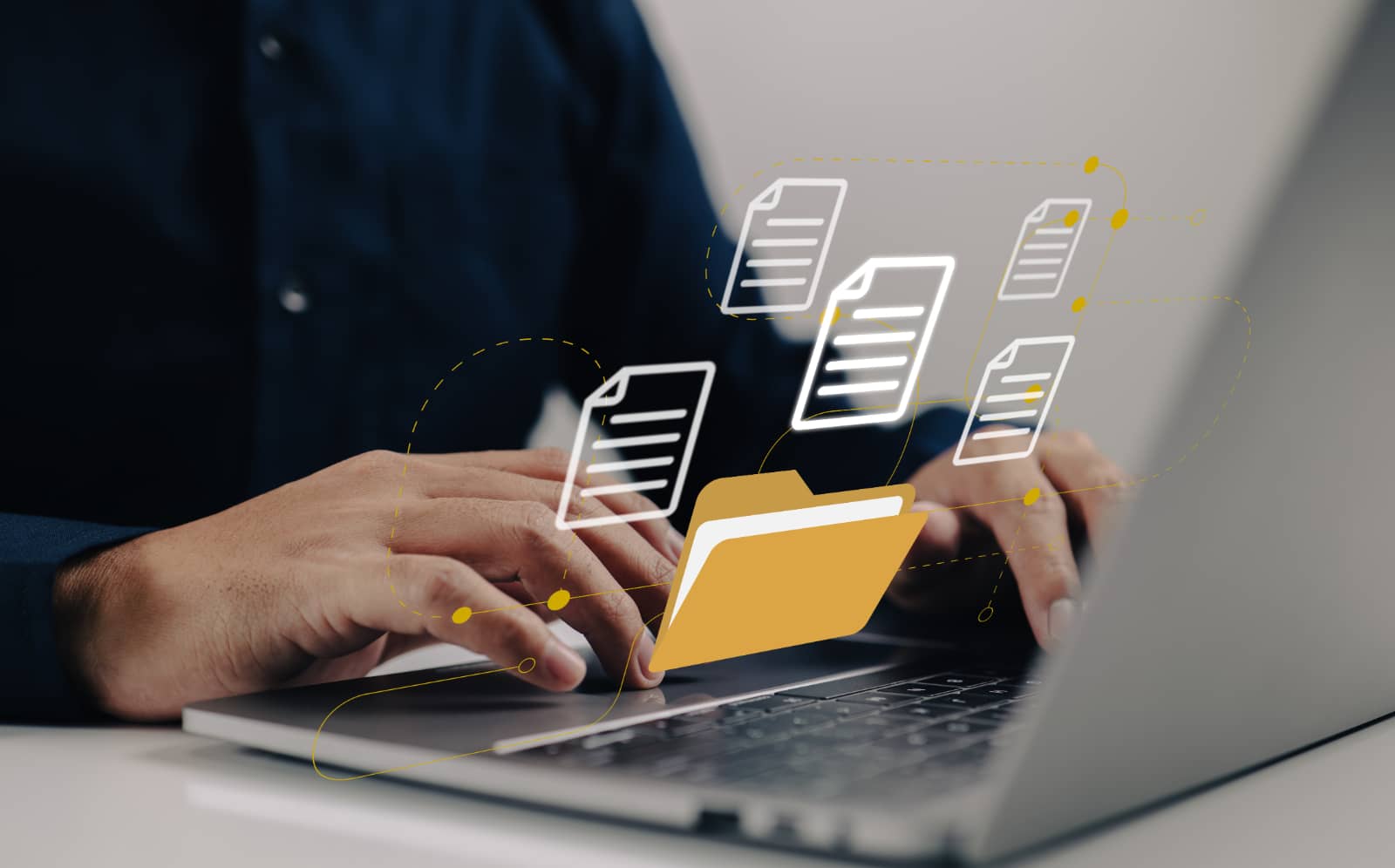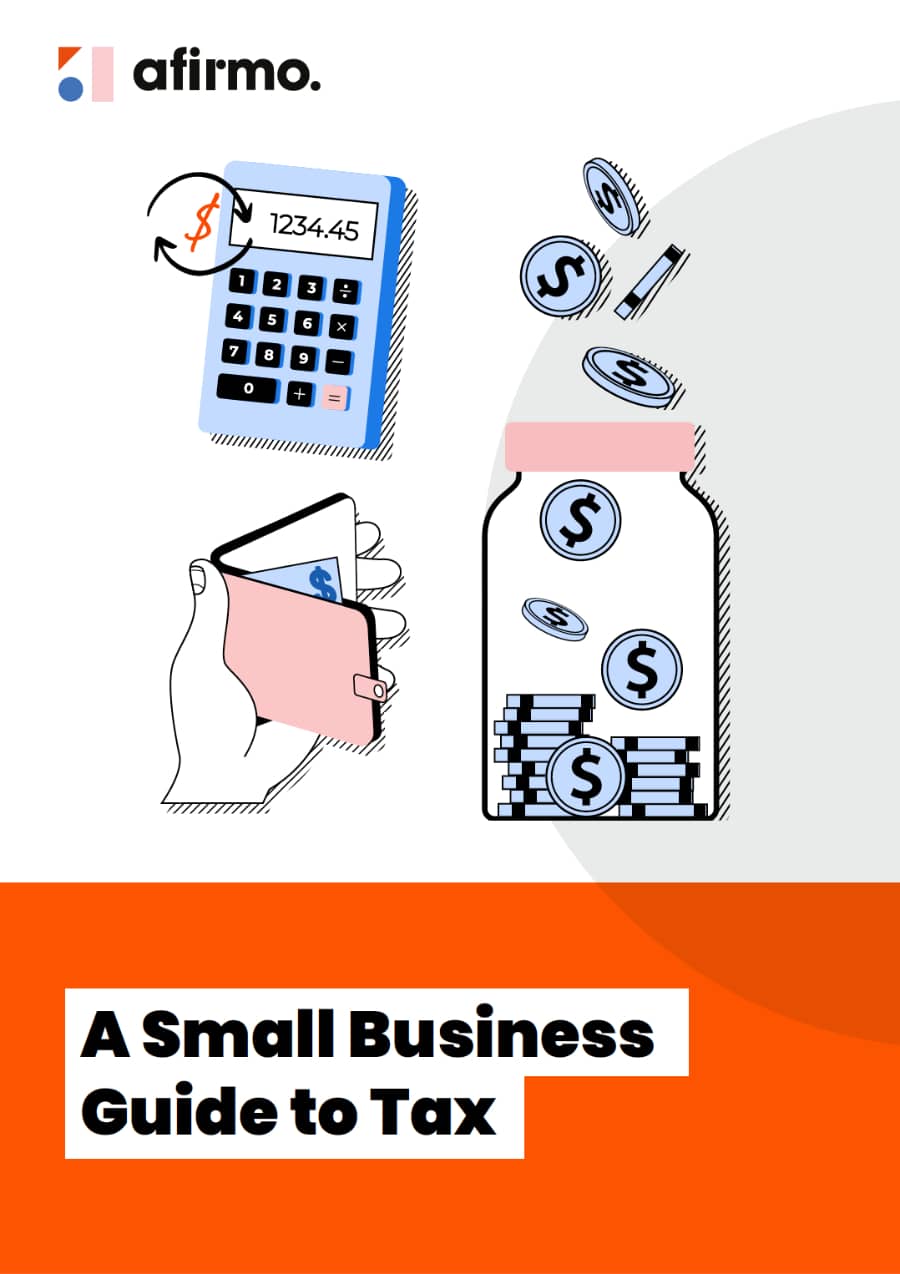Most tax forms can be completed and filed through Inland Revenue’s online service, myIR. Once you’ve registered and have a login, it’s by far the easiest way. Paper-based and downloadable pdf forms are also available if you can’t access myIR for some reason.
End-of-year income tax forms and filing dates
Most businesses file their end-of-year income tax return through myIR. The common online and paper-based forms are:
- Sole traders – IR3 individual income tax return, including income from all other sources
- Companies – IR4
- Partnerships – IR7, plus each partner files an IR3 individual income tax return
For each accounting year ending 31 March, you file your return by:
- 7 July the same year if you don’t have a tax agent or extension of time
- 31 March the following year if you have a tax agent and a valid time extension
GST forms and filing dates
Most people file GST returns through myIR. Some accounting software packages will also do this for you. If you don’t have a myIR account Inland Revenue will send you a form.
If you earn less than $500,000 a year you can choose to file monthly, two-monthly or six-monthly. The filing dates are:
- 28th of the month after each of your GST periods ends, except for the period ending 31 March, which is due 7 May, and the period ending 30 November, which is due 15 January
Provisional tax forms and filing dates
Provisional tax is just income tax paid in advance instalments during the year, so the forms and return filing dates are the same as the end-of-year income tax dates above.
Fringe benefit tax (FBT) forms and filing dates
You can file FBT returns online through myIR. Paper-based forms are also available. They range from IR418 to IR422, depending on whether you file and pay FBT on an income year, quarterly or annual basis.
The FBT filing dates are the same as the FBT payment dates mentioned above, which are:
- The same as your end-of-year tax payment date if you file and pay FBT on an income year basis
- 31 May, 20 July, 20 October and 20 Jan if you file and pay FBT quarterly
- 31 May if you file and pay FBT annually
Employer deductions forms and filing dates
You file an employment information form – which includes deductions made – for each employee and for every payday. The filing dates are:
- If you file online through myIR, within two working days of each employee’s payday
- If you file by paper (your annual PAYE and ESCT must be less than $50,000):
- Within 10 working days of each employee’s payday, or
- For paydays between the 1st and 15th of the month, within 10 working day of the 15th; for paydays between the 16th and the end of month, within 10 days of the end of the month
If you file by paper, Inland Revenue will send you these forms:
- IR348 – Employment information
- IR349 – Employment information (if you have more employees than rows on the IR348)
- IR346 – New employee detail
- IR344 – Employment information amendments (to correct an IR348 you’ve already filed)
Filing employment information works differently for:
- Lump sum payments
- Out of cycle payments
- Holiday pay paid in advance
- Employee share scheme benefits
- Schedular payments (taxes deducted and paid to IRD on behalf of contractors)
- IR56 taxpayers, such as part-time private domestic workers who are not self-employed but pay their own taxes
The Inland Revenue website has more on these examples of non-standard filing for employment information.
Where to find support and more information
The Inland Revenue website has a huge amount of useful information, but there’s a lot to get your head around, particularly if you’re starting out or stepping up. That’s why it’s important to get professional advice from a business coach, accountant or business lawyer – even if it’s only to get you started on the right footing.
Afirmo makes this easy for small business owners by giving you free tools like set-up wizards, tax registration guides and even crucial tax event reminders. We also have heaps of helpful resources in our learning hub, such as our articles on money and tax and handy tax calculators.
Government websites:
- The Inland Revenue website’s section for businesses and organisations
- The Ministry of Business, Innovation and Employment’s website Business.govt.nz
Articles in the Small Business Guide to Tax series
- A small business owner’s introduction to tax
- Choosing a business structure
- The main small business taxes and levies
- Maintaining business records for tax purposes
- Small Business tax registration requirements
- Small Business Tax types in more detail
- Tax payment due dates
- Tax forms and when to file them
- How to get money out of your company



